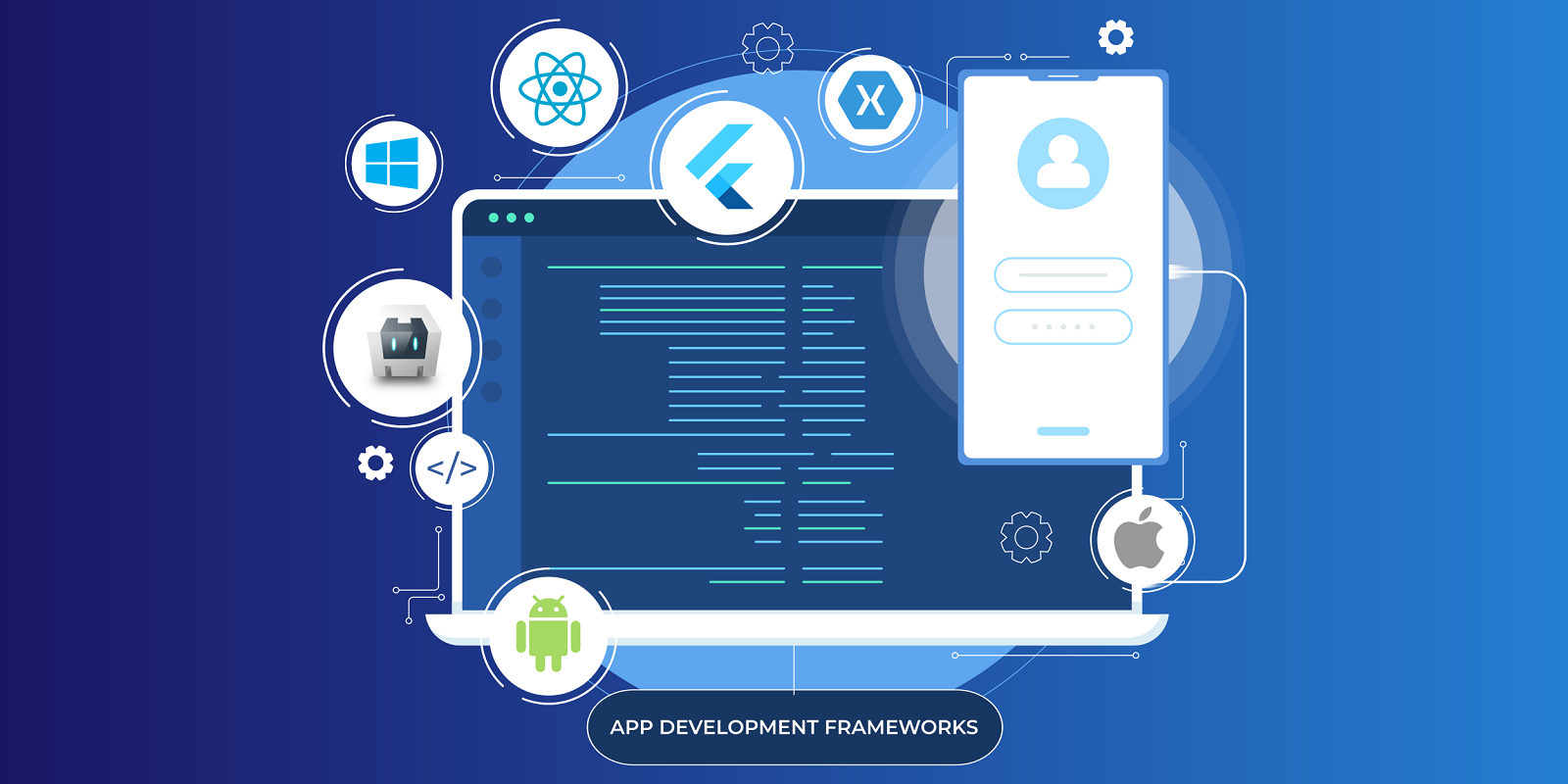In an increasingly mobile-centric world, businesses throughout the Dallas–Fort Worth Metroplex—including Irving, Las Colinas, and nearby cities—are turning to mobile applications to streamline services, enhance customer engagement, and unlock new revenue channels. One of the most strategic decisions in this process is choosing the right mobile app development framework.
At one Technology services, we support businesses across Texas and beyond in selecting frameworks that balance speed, scalability, cost-efficiency, and long-term value. This guide walks through what frameworks are, the major types available, and how to choose the best one for your app strategy.
Understanding Mobile App Frameworks
A mobile app development framework is a prebuilt software structure that helps developers build mobile applications quickly and efficiently. It includes libraries, reusable components, and development tools.
Choosing the right one is essential for businesses in growing digital hubs like Irving, Dallas, and Las Colinas—where competition is steep and user expectations are high.
Why Framework Choice Matters
Businesses in regions like Arlington and Grand Prairie must think long-term. Your chosen framework affects:
- Development speed and cost
- App performance and compatibility
- Ease of future updates
- Integration with back-end systems
- Maintenance overhead
At one Technology services, we help organizations make choices that align with their team capabilities, digital roadmap, and user expectations—especially in dynamic local markets like the DFW Metroplex.
Native vs. Cross-Platform Frameworks
Before choosing a specific framework, decide whether you need native or cross-platform development:
Native Frameworks
Native development involves building apps for a specific platform (iOS or Android) using platform-specific languages such as Swift or Kotlin.
Pros:
- Highest performance
- Full access to device features
- Smooth UI/UX
Cons:
- More expensive and time-consuming
- Requires managing two codebases
Native frameworks are often chosen by businesses in sectors like healthcare, logistics, or finance—industries with a strong presence across Dallas and the wider DFW area.
Cross-Platform Frameworks
Cross-platform development uses one codebase for multiple platforms.
Pros:
- Lower cost
- Faster development
- Easier maintenance
Cons:
- May not fully match native performance
- Some limitations with device-specific features
This approach is especially popular among small businesses and startups in Las Colinas and Grand Prairie looking to launch cost-effective MVPs.
Top Frameworks in 2024–2025
React Native
Favored by startups and mid-sized businesses across Dallas, React Native is a JavaScript-based framework backed by Meta.
- Reusable components
- Fast refresh and testing
- Active developer community
Flutter
Developed by Google, Flutter uses Dart and supports rich UI across iOS and Android from one codebase. Ideal for visually engaging applications.
- Custom widgets
- Hot reload
- Support for web and desktop apps
Xamarin
With integration into Microsoft tools, Xamarin is a go-to for businesses already using .NET. It’s especially useful for enterprise-grade applications, including those serving distributed teams across cities like Arlington and beyond.
Swift and Kotlin
When native performance is critical, Swift (iOS) and Kotlin (Android) provide unmatched speed, security, and device integration. These are often used by large organizations across the DFW Metroplex with high compliance needs or customer volume.
How to Choose the Best Framework for Your Business
1. Clarify Your Business Goals
Are you launching a new product in Irving or upgrading internal workflows in Arlington? The right framework should support those objectives from day one.
2. Understand Your Users
If your audience is concentrated in urban centers like Dallas or Grand Prairie, performance expectations will be higher. Understanding your users’ devices, platforms, and connectivity helps guide framework selection.
3. Evaluate Internal Skills or Partners
Not every team is equipped to handle native Swift or Kotlin. At one Technology services, we provide full-stack development teams for clients throughout the DFW area and nationwide, eliminating the need for deep internal technical expertise.
4. Plan for Future Growth
If your Las Colinas-based business plans to scale nationally, choose a framework that can support feature growth, user spikes, and integration with third-party platforms.
5. Consider Maintenance and Support
Cross-platform apps typically require less ongoing support. Native apps, while more powerful, involve greater complexity. Our team helps local businesses decide based on budget, timelines, and in-house resources.
Case Example
A logistics company in Grand Prairie needed a mobile app for fleet management. We implemented a React Native solution to allow real-time updates, push alerts, and offline functionality. The unified codebase kept development costs low while supporting both iOS and Android drivers in the field.
Similarly, a boutique retailer based in Las Colinas launched a Flutter-powered ecommerce app that integrated loyalty rewards and in-app purchasing—streamlining the user experience without the expense of separate native apps.
Why Work with One Technology Services
We’re not just developers—we’re digital transformation partners. With years of experience serving businesses in Irving, Dallas, Las Colinas, Arlington, and throughout the DFW Metroplex, we bring both local insight and technical precision.
one Technology services helps companies:
- Select the right mobile strategy and framework
- Design intuitive user interfaces
- Build scalable, secure apps
- Maintain and evolve products post-launch
Our cross-functional teams work closely with business leaders to align mobile solutions with goals—whether local or national in scope.
Conclusion
Choosing the right mobile app development framework isn’t just a technical choice—it’s a strategic one. From cost and speed to scalability and security, your decision impacts every phase of your product’s lifecycle. Businesses in Irving, Dallas, and across the DFW Metroplex must consider user experience, platform demands, and long-term vision.
At one Technology services, we simplify these decisions with expert guidance, hands-on development, and a commitment to measurable outcomes. Whether you’re building your first mobile app or upgrading an existing one, we’ll help you choose a framework that fits both your business and your market.
Ready to get started? Contact one Technology services today to take the next step in your mobile transformation.

